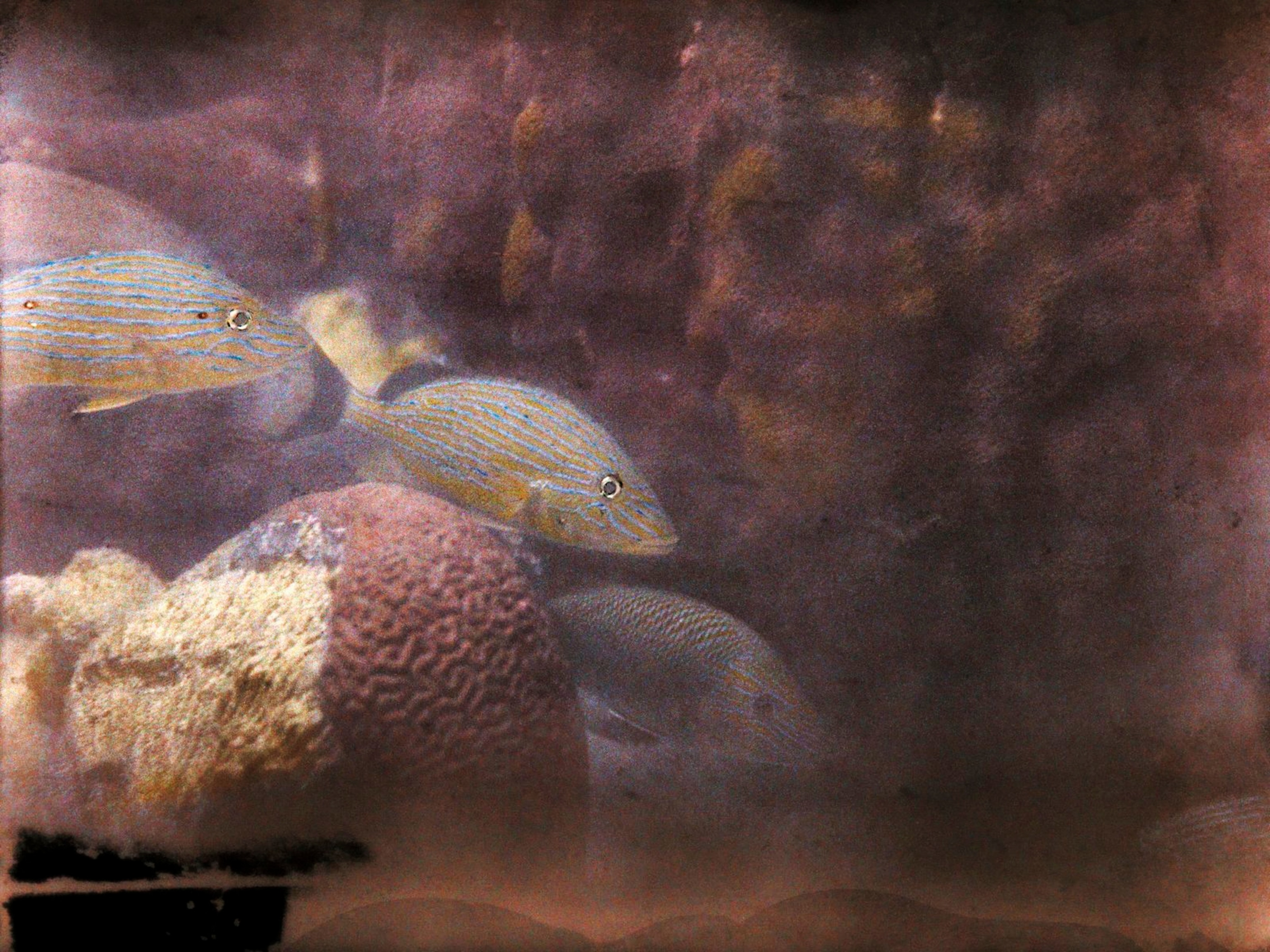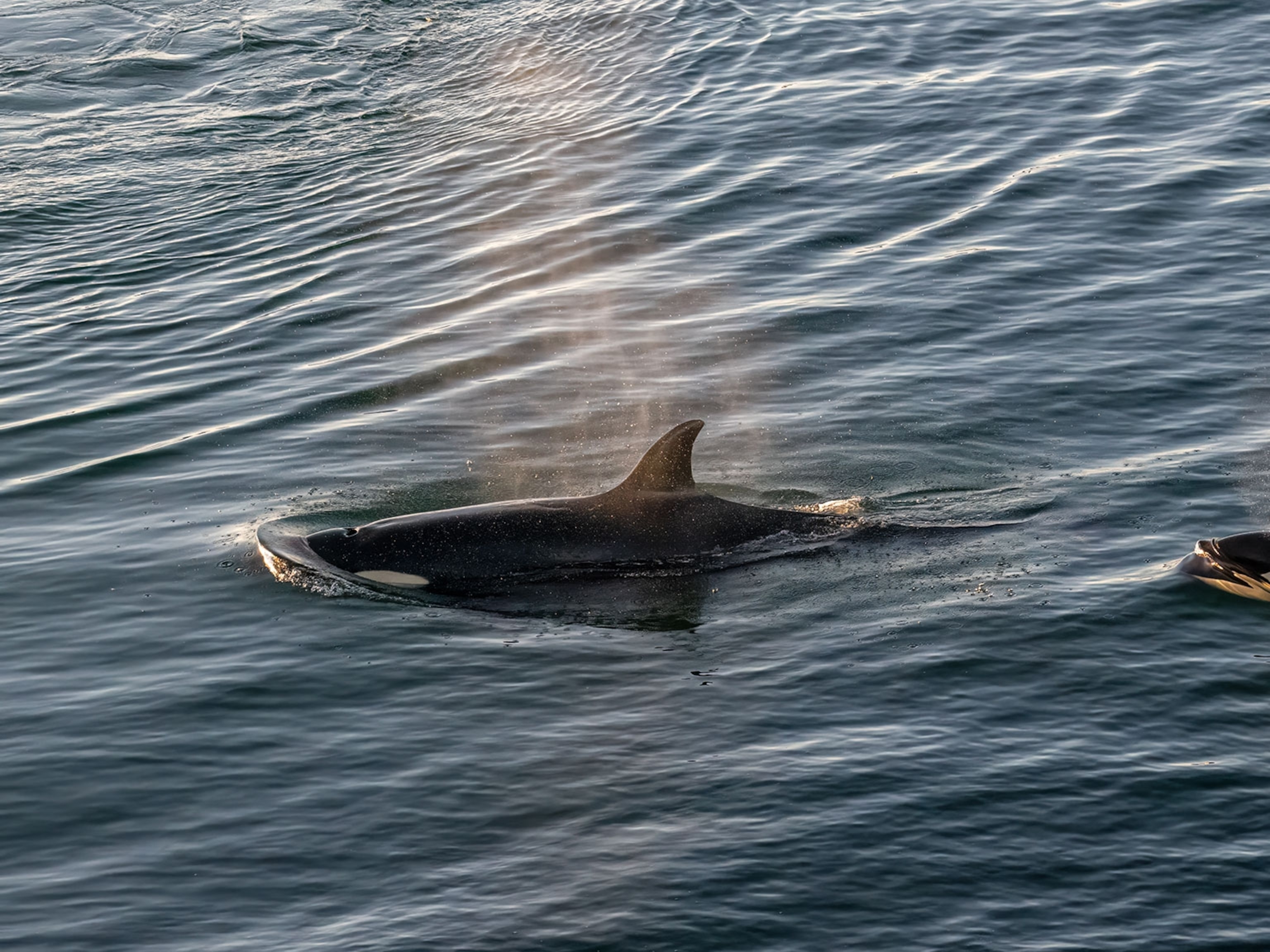Rare Ruby Seadragon Caught on Video for First Time
The scarlet fish was declared a new species in 2015—but before this footage, it had never been seen alive.
In a gem of a find, scientists have filmed the ruby seadragon, a brilliantly colored fish related to seahorses, in the wild for the first time.
The footage, filmed in Western Australia’s Recherche Archipelago, also marks the first time that the 10-inch-long fish has been seen alive. The ruby seadragon was declared a new species in early 2015, making it just the third known seadragon species, as well as the first discovered in 150 years.
However, the discovery arose from DNA tests and anatomical studies of dead museum specimens—not from collecting the dark-red species in its natural habitat.
“There is hidden biodiversity in the sea,” says Scripps Institution of Oceanography biologist Greg Rouse, who discovered the species with graduate student Josefin Stiller and Western Australian Museum researcher Nerida Wilson.
“A big, charismatic fish like the ruby seadragon represents that.”
Lucky Find
Finding the ruby seadragon in the flesh proved challenging, in large part because the species (Phyllopteryx dewysea) behaves so unlike the common and leafy seadragons, its closest relatives.
For instance, common and leafy seadragons live throughout southern Australia’s coastlines, swimming along seagrasses and coral reefs no deeper than 100 feet. (The National Geographic Society has funded Rouse’s research on the leafy seadragon.)
In contrast, the main museum specimen defining the species—the species’s holotype—had been found nearly 170 feet underwater during a 2007 biodiversity survey. The depth suggested that the ruby seadragon lived in much deeper waters.
In April 2016, Rouse and his colleagues traveled to the remote Recherche Archipelago, where the holotype had been found, in the hopes of spotting the creature in the wild. Two additional specimens found in 2015 and 2016 had washed ashore nearby, affirming the team’s decision to search those waters.
Choppy seas, however, meant that the team had only one day in the archipelago to find a ruby seadragon.
But after four dives with a remote-controlled mini-submarine, they managed to film two ruby seadragons more than 167 feet underwater, as the fish swam through rocky gardens of sponges and nibbled at their prey, most likely tiny crustaceans called mysids. The team published the footage, and an article describing it, on January 12 in Marine Biodiversity Records.
Rouse and his team were incredibly lucky, since finding two seadragons in one day—on a single dive, no less—is almost unheard of.
According to University of Tampa biologist Heather Masonjones, syngnathids—the fish family containing seahorses and seadragons—are usually sparse on the seascape. Masonjones, who wasn’t involved with the study, says that they’re so rare, researchers might need to comb at least a quarter-acre of ocean on average before finding a single individual.
“You might find a few together if you can locate a patch, but otherwise [researchers] can sample for days… and not sample a single animal of a particular species,” she says in an email. “I know a number of syngnathid specialists [who saw] fewer than 50 animals during their Ph.D. work in the wild.”
Getting a Better Grasp
Beyond being mesmerizing, the new video provides crucial insight into the ruby seadragon’s anatomy and behavior.
For instance, the footage confirms that ruby seadragons use a different means of camouflage than its closest relatives. Common and leafy seadragons are covered in leafy outgrowths meant to camouflage the fish as they swim through seagrasses. The ruby seadragon, however, lacks them—opting instead for a scarlet body, an efficient way to disguise itself from predators in the dark depths.
Most surprisingly, the video suggests that the ruby seadragon can use its curled tail to grasp objects. While prehensile tails are widespread among syngnathids, common and leafy seadragons can’t grab objects with their tails, adding a wrinkle to the group’s evolutionary history.
“It’s a little bit tricky if the other seadragons had lost the prehensile tail, or the ruby seadragon independently evolved it,” says Rouse.
The researchers hope that Australian authorities move to protect the species, especially since so little is known about it. “Right now, we have no idea on their population size, [and] we have no idea of their distribution,” says Rouse.
There is precedent for the designation. The province of Western Australia, which manages the Recherche Archipelago’s parks and nature reserves, already prohibits the collection of common and leafy seadragons.
The IUCN Red List—a globally recognized list that evaluates animals’ risk of extinction—lists both species as near threatened due to habitat degradation and fishing bycatch.




